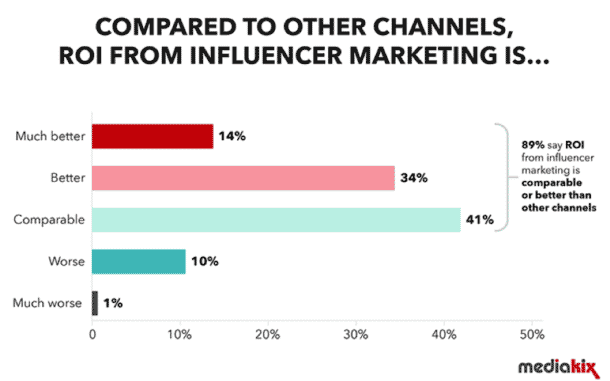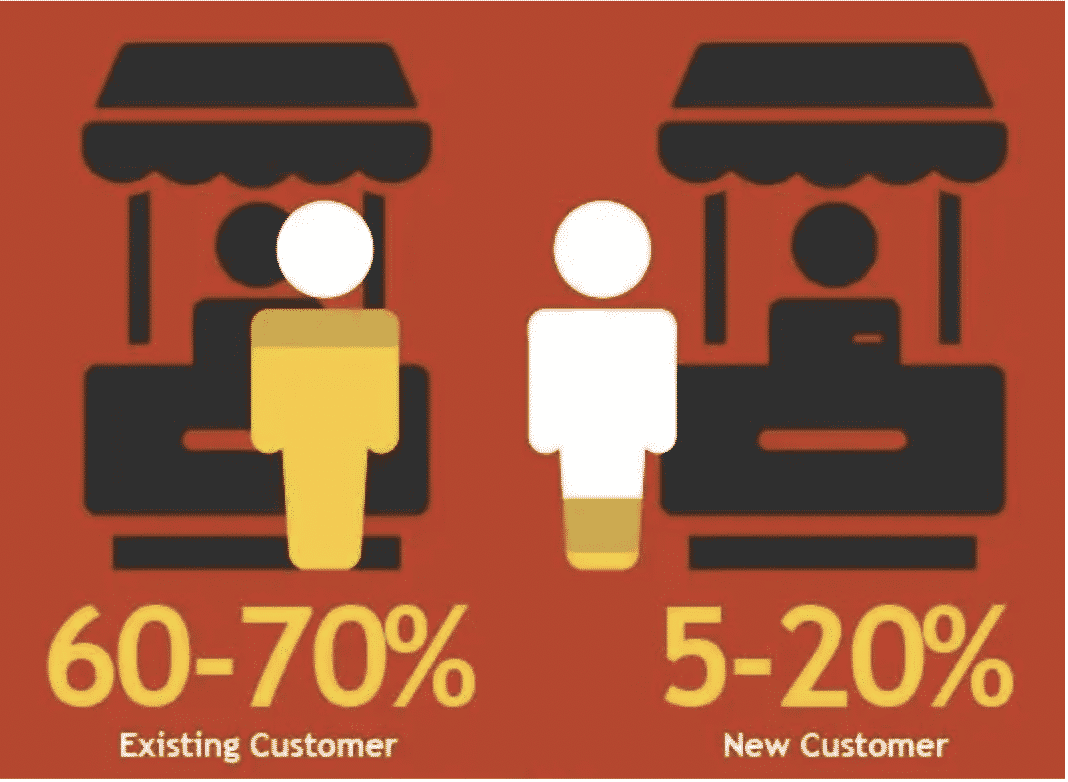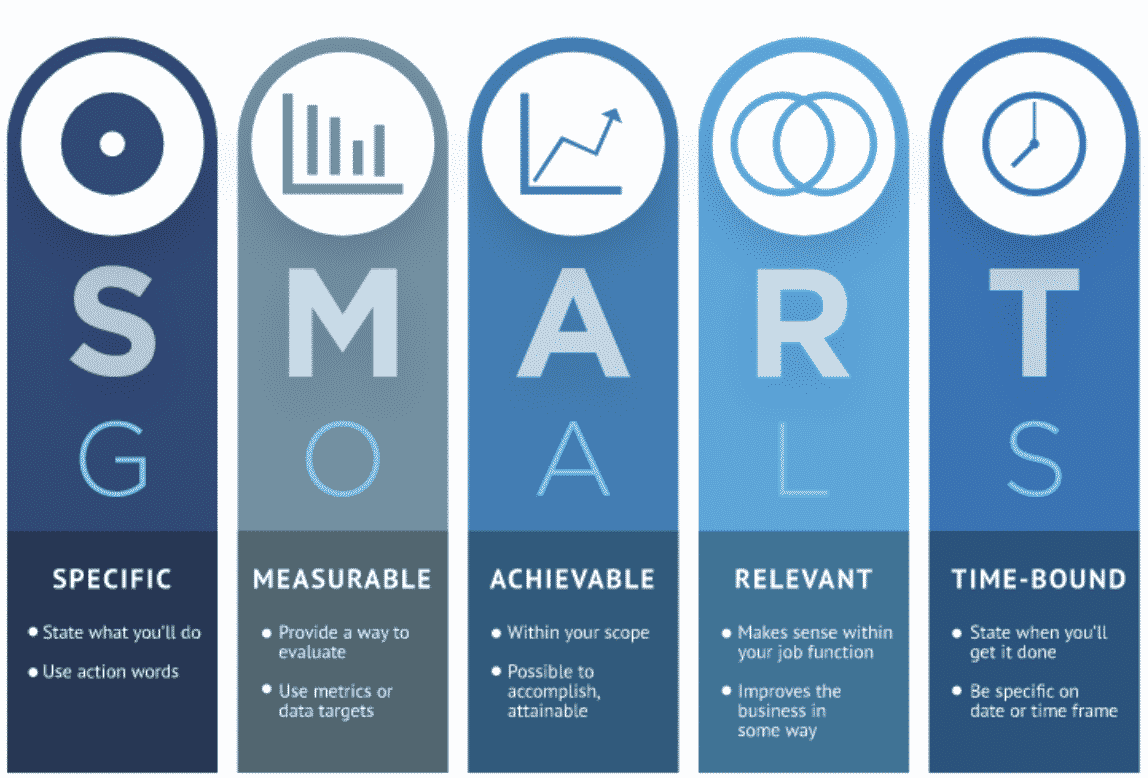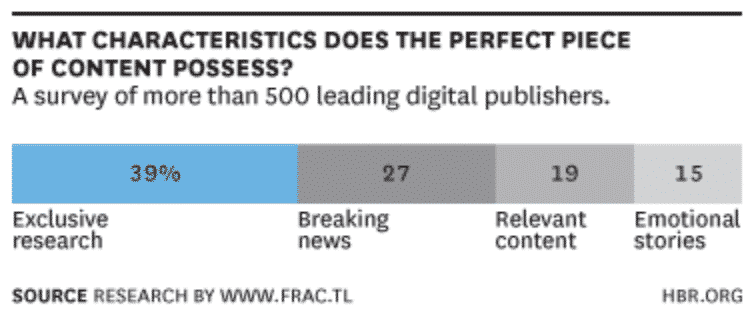You’ve launched a powerful new site focused on conversion and now you want to get everything you can from it.
You just spent a few months building a new site for your SaaS or technology company.
Before we talk about how to get the value out of a new site, let’s assume you did the following in the new build:
- Designed a website design with a sophisticated user experience and interface that builds confidence instantly.
- Organized an architecture that makes it easy for people to find information they are looking for.
- Structured pages to not just tell a story but are easy to scan while following readability best practices.
- Put yourself in your customers shoes to understand the information they want and what will influence them.
- Incorporated conversions at each stage of the buying cycle to ensure the most results.
- Setup 301 redirects to ensure you don’t lose any search rank.
- Tested for Core Web Vitals to help boost search rankings.
And that is just the start to building a great new website. If you checked these items off, we’ll assume that you did a fantastic job with all the other important tactics in redesigning your site.
A total of 89% say that influencer marketing offers ROI that is comparable or better than other marketing channels. Broken down, 41% of marketers said that influencer marketing ROI is comparable, while over a third (34%) said it is better.

80% of marketers find influencer marketing effective
Technology Website Launch Step #1
Build Your Website Go-To Market Strategy
Before doing anything else to promote your website, start by building a comprehensive go-to marketing plan.
Why Do Businesses Need a Go-To Market Strategy?
The same way you wouldn’t go on a road trip without a map, you shouldn’t start promoting your website without determining a go-to market strategy. A go-to market strategy builds a clearly defined plan to ensure that a launch finds the right audience with a built-in focus on product positioning to make the offering’s value crystal clear. This go-to market strategy helps keep your business focused on what matters and stay nimble as the global and competitive environment changes. Your website go-to market strategy should have three key attributes: Audience Launch goals Roadmap of tactics to reach those goals.
Find Your Website Audience
Who would benefit from your products? For B2B websites, what types of companies would need your services? Who do you have in mind with using your products or services? Importantly, if your website is a newly-launched version of an old website or a new subdomain of an existing website and you have existing customers, be sure to take these customers into account. Existing customers are very important and valuable, and we don’t want to forget these customers in the search for new ones.

Probability of buying as identified by Elasticpath
The probability of selling to an existing customer is 60-70%, while the probability of selling to a brand new customer is 5-20%. Remember: your existing customers are your biggest advocates.
Two key aspects of identifying and building your audiences are buyer personas and ideal customer personas (ICPs). There are many resources about how to strategically identify these groups, such as this blog post by Breakthrough.
YouTube video about Researching Great ICPs
Identify Launch Goals
Before fully creating your launch strategy, identify your goals to create an idea of what you’re working towards. It’s proven to work. 71% of fast-growing companies have strategic plans.
For example, your website’s launch could have goals around an increased percentage of leads generated or a certain amount of website leads that convert to sales.
Goals should not be arbitrarily created and plucked out of thin air. Just like your audience, goals should be researched and created intentionally. One of the best methods to ensure they are developed in a way to create success is by employing SMART (Specific, Measurable, Attainable, Relevant, and Time-bound) goals.

Visualization of SMART goal definition and attributes by fitsmallbusiness.com
Create a Go-To Market Tactic Roadmap
In creating your go-to market plan, it’s important to build a roadmap that will tie all of your business goals to actions. Such efforts should take your goals and target audience into consideration, and help you identify key actions to help draw a direct line to those goals.
There are plenty of free templates out there to help build a solid tactic roadmap. Some of our favorites are shared below. Go-To Market Template Examples:
89% of B2B Buyers said that the company they chose “provided content that made it easier to show ROI and/or build a business case for the purchase.”
Technology Website Launch Step #2
Find Traditional and Non-Traditional PR
You’ve got your fresh new website, you’ve got a go-to market plan. Now, it’s time to start building up the hype.
How do you create hype? By creating PR buzz through multiple channels and networks.
Traditional PR
For a disruptive technology, it can be a difficult challenge to craft a fresh narrative that cuts through the noise.
The good news is that when something is being launched, it’s actually the easiest time for a business to get press. Even though you may wonder where to start, if you target the right outlets you’ll soon find your business in the press in no time. Even without a dedicated PR professional on your team, by understanding how to make a strong PR pitch, you can get your launch out there in the open.
Tips for Pitching to Networks:
- Identify relevant outlets and publications
Make yourself a list of up to 50 publications along with contact information. These publications should be within your industry and already writing articles for an audience that would care about your website launch. For SaaS, a few examples of areas you can reach out are tech bloggers, tech news outlets, and local business reporters. - Contact journalists the way they prefer
Journalists continue to prefer email as the primary means of contact. More than 90 percent of media survey respondents indicated email as the best way to directly pitch a story idea. To contact outlets, you’ll need to do your due diligence to find the email addresses of outlets that are relevant within your industry.70% of publishers are also more receptive to story pitches if they’re within the area of the journalist’s coverage area and interests. This shows a journalist that the person pitching the story has researched their past knowledge and strengths.Keep your email pitch short and succinct. Personalize your email. Show your research about the editor/publication and how your article will add value. With all of these tips in mind, you should be reading about your launch in the news.

HBR article identifying how to pitch publications
Non-Traditional PR
Be your own buzz!
Share your content all over the internet. Get involved in online discussions. This method of PR costs nothing but time, and is as easy as it sounds.
Two great examples of places to start or join in on discussions to spread the word about your site are Quora and Reddit.
Have a compelling story and understand the nuances of discussion on these sites, and get out there!
Research estimated that the overall SaaS market is growing at a staggering rate of 18% a year.
What’s more, the same research estimates that by the end of 2021, 99% of companies will use at least one SaaS tool. And 78% of small businesses do so already.
Technology Website Launch Step #3
Create Promotional Content
Before you can do any marketing of your own, content needs to be created to share out into the wild. The two main keys to your content’s success are diversifying your content portfolio and making valuable content for your audience.
Create Helpful On-Site Content
Useful content on a website shouldn’t feel like marketing. Instead, it should feel like it’s adding value to a user’s life or helping them solve a problem. The way users interact with your newly-launched site content should feel natural, like they’re on their way to finding something that could help them in a pursuit.
Types of valuable on-site content include:
- Blog Posts
- Case Studies
- Infographics
- Podcasts
- Tutorial videos
- Quizzes On-site tools and experiences
Our article identifying 7 key tech marketing strategies goes more in-depth on many of these examples. Read on for more content tips there!
Develop Shareable and Interactive Content
Shareable content helps with “word-of-mouth” marketing.
There can definitely be overlap between your “on-site” content and your shareable content. However, a key difference is the intention between content created for the website and for sharing.
On-site content has the intention of helping users find value with your products on-site. Shareable content has the intention of making an impact on a greater scale and driving initial awareness.
The Power of Video
A great way to create buzz for a newly-launched tech website is with a really well done video. A fun video with a compelling story that focuses not on the technical but on entertaining, engaging and quality content. These types of videos have the potential to go viral, and help create an even bigger name for your product.
Think you wouldn’t be excited about a B2B truck advertisement? Volvo was ready to challenge that thought.
A classic and popular B2B ad from 2013 is Volvo’s “The Epic Split”. The video hit 40 million views in less than 10 days and the video’s song hit the Billboard Top 100, even though it was released 13 years prior.
The campaign paid off: it generated $170 million in revenue for Volvo while costing $3-4 million to make.
Think outside the box when making promotional videos. You don’t need to necessarily hire an epic martial artist – but you do need to think differently.
Some tips for viral video content:
- Tell a story
- Build emotion
- Create sympathy for the protagonist
- Have something to surprise viewers
- Provoke thought
According to ProfitWell, SaaS businesses that prioritize content marketing efforts see much higher growth rates than those that don’t.
Here’s a specific example – One of Nectafy’s clients achieved a staggering 647% growth with just the content alone. This translated into $547000 in sales.
Technology Website Launch Step #4
Determine Your Unique Marketing Mix
Once your compelling content is built and ready for the world to see, you get to show it off. Pick and choose your marketing mix based on your budget and manpower.
The below marketing tactics create excitement and help find your potential customer base leading up to your launch.
Start capturing emails early! Start collecting emails prior to launch, and make sure you set up a landing page of some sort with email capture functionality. There are many tools to use to manage your email list, such as HubSpot and Mailchimp.
If you want to sweeten the deal, give your subscribers some kind of teaser that creates a “give-and-take” incentive to join the waitlist.
Search Engine Optimization (SEO)
SEO is a fantastic way to find customers who didn’t even realize they needed you… provided that your search engine rankings’ strategy helps people solve a problem that your business knows how to help with.
If you’re creating blog content as part of your strategy from Step 3, make sure your blog posts are created with SEO in mind. The earlier you produce SEO-minded blog content, the better! This is one of the cheaper methods to create a pipeline.
Referral Programs
Referral programs are the digital method for encouraging word-of-mouth. The benefit of a strong referral program is the value added for both your target audience and the business. The business gets to multiply their user base. The customer gets a discount or benefit from getting their network on board. Creating referral programs can be a highly valuable and effective way to gain new customers or subscribers – and can be done at any time prior to or after launch.
Paid Media
Paid media presents itself in many ways: paid search, paid social, display ads, podcast/radio ads, and banner ads to name a few.
These efforts will get your name in front of as many people as possible. With organic reach being more and more difficult, paid media helps cut through the noise and put your business at the top of the stack for users on various channels. Paid media requires ongoing spend, strategy, and management to be effective.
Bonus: remarketing audiences! Create personalized remarketing audiences for people who have already interacted with you in some capacity, and lead them to the next natural area of your funnel.
Organic Social
A strong and consistent presence on social media helps create a controlled brand image as well as opportunity to communicate with current customers and prospects. Organic social offers the chance to share brand updates and find who your biggest advocates are.
Technology Website Launch Step #5
Measure Your Goals
After your website has launched and the dust has settled, check back in on your goals. How are you trending towards your goals? Do you need to change any of your goals or pivot your plans? The best laid plans are ones that can strategically pivot.
Once you’ve taken stock of all the ways to promote your website, remember that you’re not in this alone. Insivia’s deep knowledge of the SaaS and tech space combined with deep strategic marketing and web expertise can result in actionable insights and drive your launch to success.
Contact Insivia to talk with us about how we can help!
Written by: Tony Zayas, Chief Revenue Officer
In my role as Chief Revenue Officer at Insivia, I am at the forefront of driving transformation and results for SaaS and technology companies. I lead strategic marketing and business development initiatives, helping businesses overcome plateaus and achieve significant growth. My journey has led me to collaborate with leading businesses and apply my knowledge to revolutionize industries.
